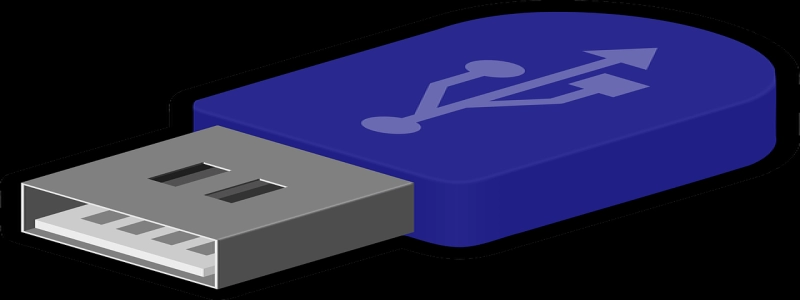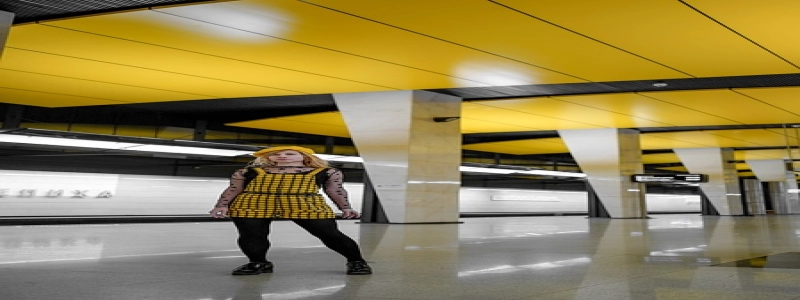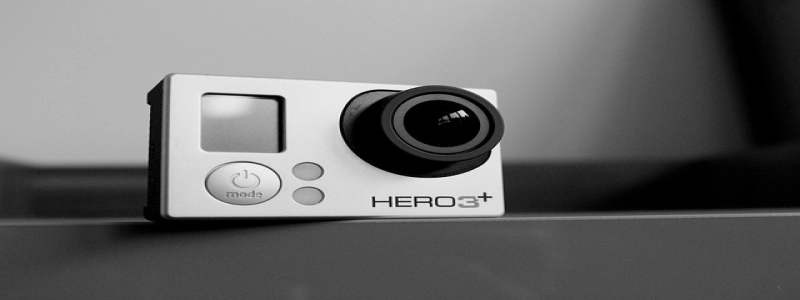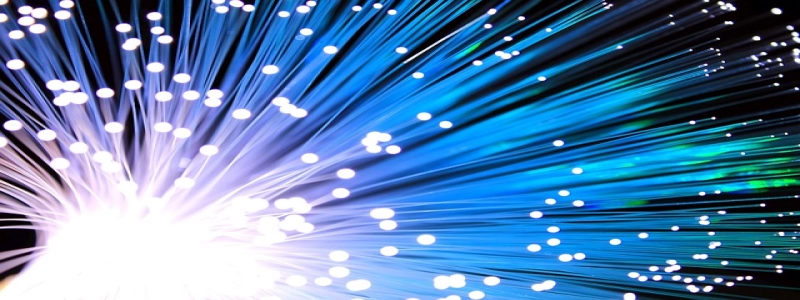Outdoor Fiber Optic Cable Types
Въведение:
In the field of telecommunications, outdoor fiber optic cables play a crucial role in ensuring the smooth transmission of data and communication signals over long distances. These cables are specifically designed to withstand harsh environmental conditions and provide reliable connectivity. В тази статия, we will explore different types of outdoor fiber optic cables, their characteristics, and applications.
1. Loose Tube Fiber Optic Cable:
One of the most commonly used outdoor fiber optic cables is the loose tube cable. It consists of multiple fiber optic strands enclosed in a protective tube. The loose construction allows the fibers to move freely within the tube, providing excellent resistance to stress and strain. This type of cable is ideal for long-distance installations, as it offers high tensile strength and protects the fibers from moisture, UV rays, and temperature variations. Loose tube fiber optic cables are widely used in aerial, duct, and buried installations.
2. Armored Fiber Optic Cable:
Armored fiber optic cables are designed to offer enhanced protection against mechanical damage, rodents, and vandalism. These cables have an additional layer of armor, which is typically made of steel or aluminum. The armored construction provides increased durability and resistance to compression, impact, and external forces. Armored fiber optic cables are commonly used in outdoor applications where the risk of physical damage is high, such as underground installations, industrial environments, and military installations.
3. Direct Burial Fiber Optic Cable:
Direct burial fiber optic cables are specifically designed to be installed directly underground without the need for any conduit or protective casing. These cables feature a tough outer jacket that provides excellent resistance to moisture, abrasion, and chemicals. They are also equipped with water-blocking elements to prevent water ingress and ensure maximum reliability in underground installations. Direct burial fiber optic cables are widely used for long-haul installations, campus networks, and industrial applications.
4. All-Dielectric Self-Supporting (ADSS) Fiber Optic Cable:
ADSS fiber optic cables are specifically designed for aerial installations, where they are suspended between utility poles, towers, or other support structures. These cables are lightweight and do not require a separate support messenger wire, as the outer jacket itself provides the required strength. ADSS cables are designed to withstand strong winds, ice accumulation, and other environmental factors commonly encountered in aerial installations. They offer high tensile strength, low signal attenuation, and are primarily used in long-span installations, power distribution networks, and telecommunications networks.
Заключение:
Outdoor fiber optic cables are essential for ensuring reliable connectivity in various outdoor applications. The different types of cables discussed in this article cater to different installation requirements and environmental conditions. From loose tube cables for long-distance installations to ADSS cables for aerial applications, each type of cable offers unique characteristics to meet specific needs. By choosing the appropriate outdoor fiber optic cable, network operators can ensure efficient and uninterrupted transmission of data and communication signals in demanding outdoor environments.








